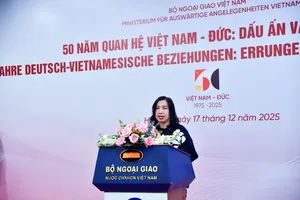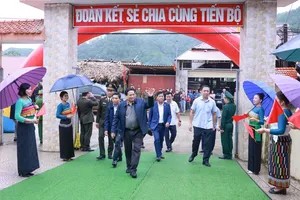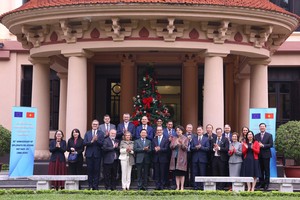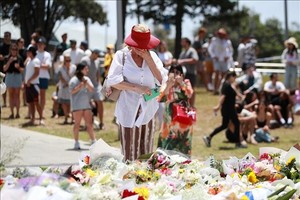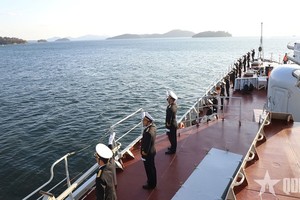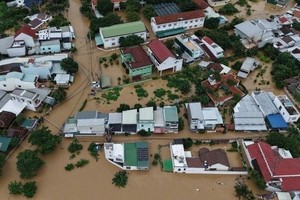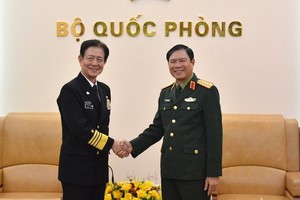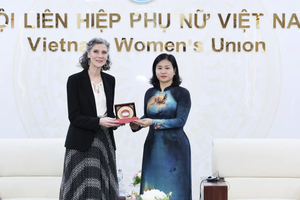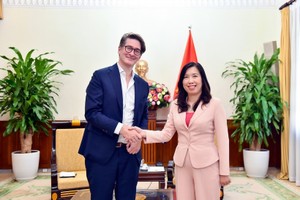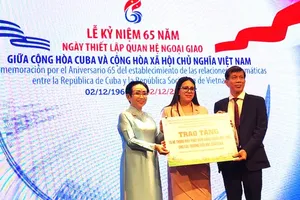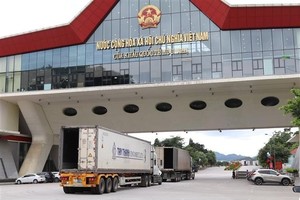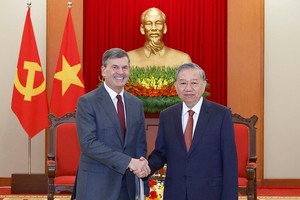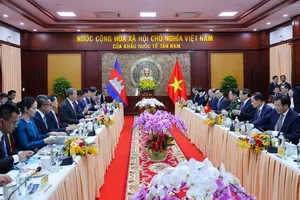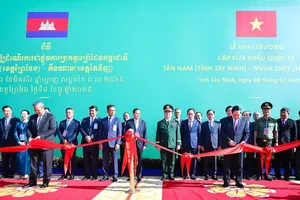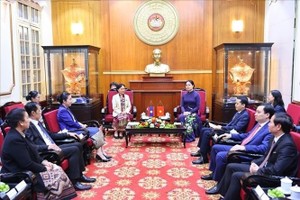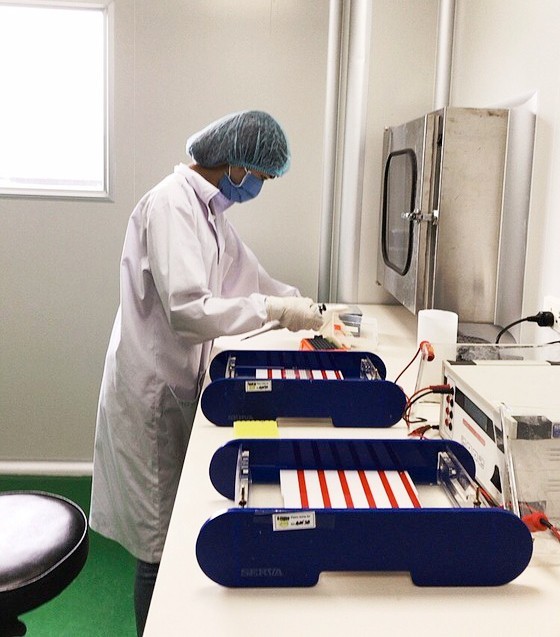 |
Experts in the DNA Identification Center is working on a bone |
The meeting was to present the ‘First Report to Provide Updates on the Progress of the Program on Improving the Capability of Identification of Remains from War – Implementation Period 2022-2024’.
Prof. Dr. Chu Hoang Ha, Vice Chairman of VAST, shared in the meeting that the use of DNA to identify war remains is the core method, especially useful for anonymous bones that cannot be identified by empirical measures. Therefore, in the 2000-2003 period, VAST studied techniques to separate DNA from remaining bones and samples stored in museums for genetic analysis.
In 2019, Vietnam DNA Assessment Center (under IBT) received investments for necessary upgrades to analyze DNA for the identification of soldier remains as assigned by the Government. After 4 years in operation, the Center has analyzed over 4,000 samples, 80 percent of which have had to go through the process twice for precise results. More than 1,2000 samples were successfully identified.
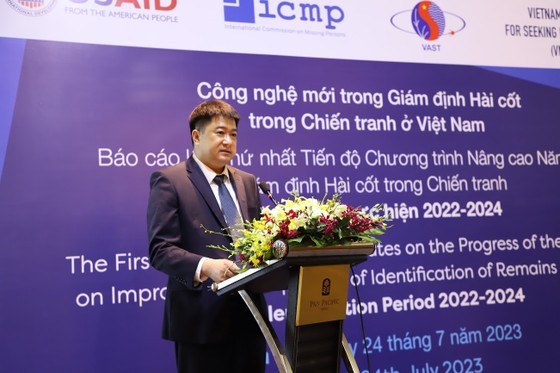 |
Prof. Dr. Chu Hoang Ha is presenting his speech in the meeting |
Since the beginning of this year, ICMP and VAST have collaborated in the project ‘Improving the Capability to Identify War Remains’, aiming at developing and optimizing new DNA analysis technologies in hope of bringing about more positive results.
This project is the basis for USAID to support the DNA Identification Center via ICMP. More state-of-the-art equipment and materials to pilot novel technologies have been used to identify soldier remains in Vietnam.
Director of ICMP Kathryne Bombergher stated that ICMP has been aware of Vietnam’s determining efforts in implementing modern technologies to find missing people during the war period. ICMP will continue to help Vietnam to look for and identify the remains of hundreds of thousands of dead soldiers.
At present, there are around 200,000 Vietnamese dead soldiers uncollected, 300,000 without exact location information, and 3 million alive people suffering from negative impacts of Agent Orange, along with hundreds of thousands of hectares of uncultivable land.
For many years, the US has tried to help Vietnam to address negative influences of the war, including the meaningful aid in identifying war remains.



